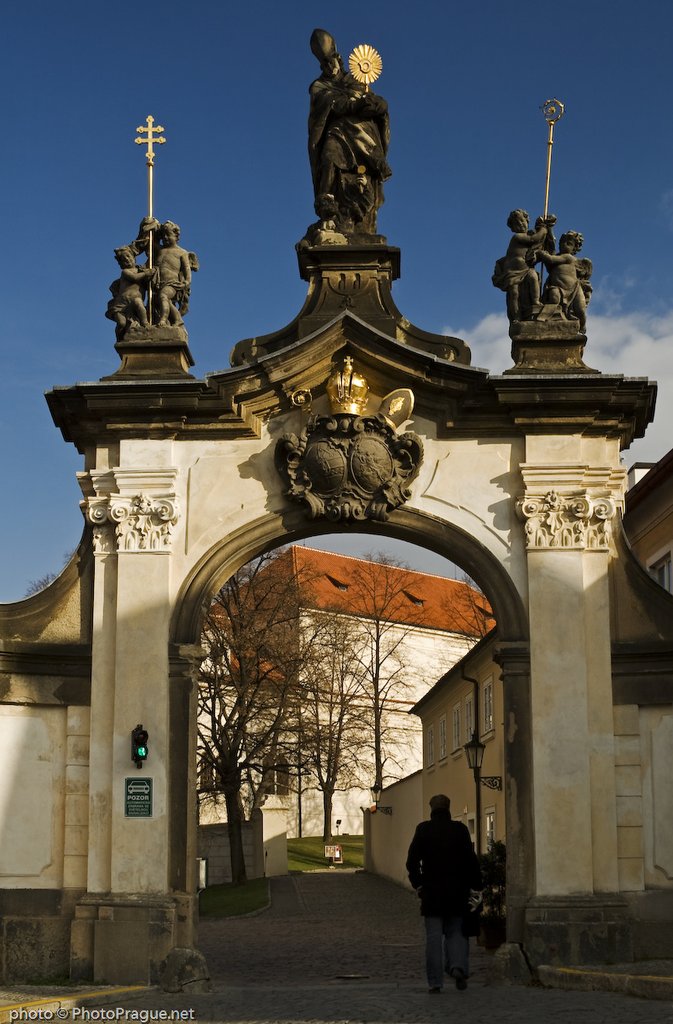A centuries-old Premonstratensian house with a unique Baroque library...
The name “Strahov” comes from the Czech word for guarding – “strážit” (to watch) and quite accurately describes the historical role of the monastery in the context of Prague. The Premonstratensian monastery was founded in the middle of the 12th century on a strategic spot, where the ancient merchant route from the German lands led to the town, and which the monastery symbolically “watched over”. The church’s masonry and the monastery buildings from the Romanesque stage have been preserved, and some of the Romanesque pieces are on display there. The most important change to the monastery came during the Baroque period, when the convent and the church were rebuilt and the impressive towers erected. These are now an indelible part of the city’s panorama. The Baroque interior of the Church of the Assumption of the Virgin Mary is an excellent example of 18th century art. The frescoes by J. Neunherz depict scenes from the life of the founder of the Order of Saint Norbert and scenes from the life of the Virgin Mary. The sculptural decoration is mostly the work of J. A. Quitainer and I. Platzer.
Located at an angle to the church’s facade is a spectacular facade of the monastery library, which was built between 1783 and 1785 by I. J. N. Palliardi. Behind it is hidden one of the most magnificent library rooms in Europe, the “Philosophical Hall”, decorated with a fresco depicting "the spiritual development of humankind". It was painted in 1794 by F.A. Maulpertsch, and it depicts the ambivalent atmosphere in the Baroque and Enlightenment periods. Next to the Philosophical Hall is the Theological Room, which is dominated by stucco and painted decorations from the 1820s.
The Strahov monastery is still occupied by the Premonstratensian order, whose glorious past is recalled in the gallery of paintings. You can visit the monastery and its magnificent library on the Gems of Hradčany Tour with Private Guide, find out more!








